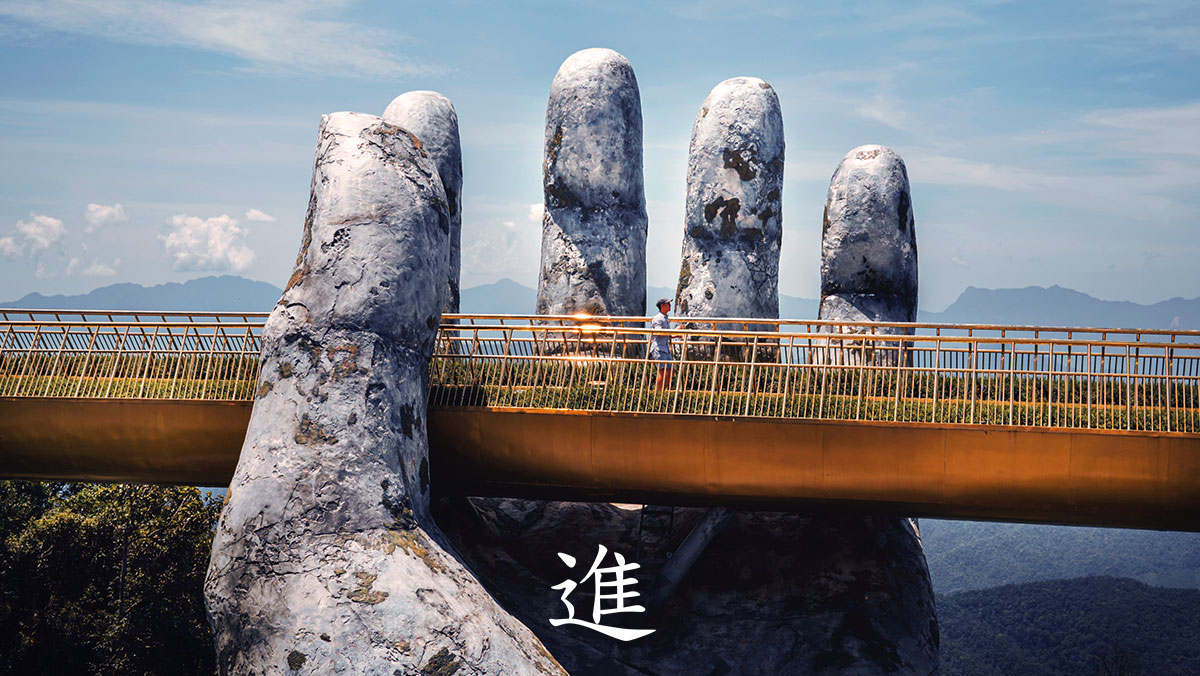
‘Customer experience’ is a term we commonly use in the advertising industry. Originally, it referred to customer service as well as support provided to customers by customer service centers. In more recent years, however, the term has been applied more broadly, and now refers to all kinds of consumer responses at every stage of consumption.
Philip Kotler has discussed how the meaning of customer experience expanded from a narrow definition to a broader concept in his book, Marketing 5.0: Technology for Humanity. Reflecting this trend, companies here in Japan have been integrating their advertising departments, customer service centers, and service development departments into organizations tasked with designing customer experiences. This is also true of Japanese advertising companies such as Dentsu, where I work. We have established an organization that specializes in creating customer experiences.
So far, in this series of articles, I have discussed how the advertising industry has gradually shifted its focus toward creating a better society, but we can reconceptualize that focus as creating better lives for individuals, because society is, essentially, made up of its individual members. From that perspective, it follows that good customer experiences benefit society.
In practice, however, the concept of customer experience tends to be applied in discussions about how to attract customers over the short term and deploy cross-selling and upselling techniques. In contrast, I want to explore how customer experience practices can contribute to a better society and a brighter future. I would like to discuss three steps we can take in this direction.
Individuals
To start, we need to conceive of customers as individuals. If we think of customers only as customers, we define them narrowly as people who consume products and services provided by companies. Before being a consumer, however, customers are individual people.
In customer experience design, generally, a customer journey is mapped out and measures are taken to realize it. Should that journey relate only to products, however, it will not suffice for the customer.
Therefore, we need to understand how that person lives in society and consider how specific products and services might be beneficial for that person’s journey to a happier life. That is the first step to contributing to a better society through customer experience practices.
Diversity
The next step is to conceive of customers in all of their diversity. Each person is different. Our society is made up of all kinds of individuals, including minorities and people who have incurable diseases. I, too, was diagnosed with heart disease a few years ago, so I need to regularly engage in light exercise and avoid salty food. If we consider the difficulties and challenges that individuals face, we can also think about how to make their journeys smoother with solutions that they can experience.
Personally, in my own journey of living with heart disease, I have been buying low-salt products online and using an exercise bike at home for around 30 minutes a day. I also joined a community of people with the same condition to share information. This has made me think about what kinds of services could help people more easily and comfortably adapt to life with a disease. That is exactly the kind of standpoint we must adopt if we are to create customer experiences that benefit society.
Vision
Third, when considering customers and their experiences, we need to include a vision of people far into the future – perhaps 100 years or more from now. Providing satisfying and enriching customer experiences in the future will require the use of our planet’s resources, so we must make sure that the world does not end up impoverished. Thus, we must integrate journeys of resources and other things into the journeys we map for customer experiences.
Providing satisfying and enriching customer experiences in the future will require the use of our planet’s resources, so we must make sure that the world does not end up impoverished.
A customer experience of a restaurant provides an example of this. When designing the customer’s journey, starting with the discovery of the restaurant, a reservation, an excellent meal, and a review on social media, we must also consider the journeys of the things that made that experience possible, including, of course, the food.
Perhaps we could design a journey that reduces food waste by determining the exact amount of food needed by the restaurant based on the number of reservations it receives, and by using any leftovers to make fertilizer or compost. To realize such a journey, digital tools would be essential.
Customer experience is a very broad and complicated field. If defined broadly, to include all kinds of consumer experiences, it involves many disciplines, including advertising, product development, service development, data-driven marketing, direct marketing, and system consulting.
That means customer experiences are created through the combined talents and skills of a very wide range of professionals, including ad creators, consultants, product designers, service designers, data analysts, and, of course, marketers. For these reasons, I believe that solutions to many complex issues that remain unsolved today can be found by conscientiously mapping new journeys for diverse individuals and things.
The fourth installment in the series: A Better Future, Part 4 – Is Data Really Contrary to Our Humanness?
Cover image source: jet dela cruz